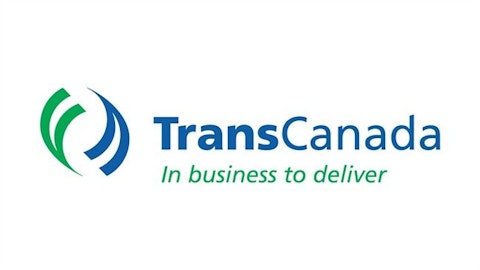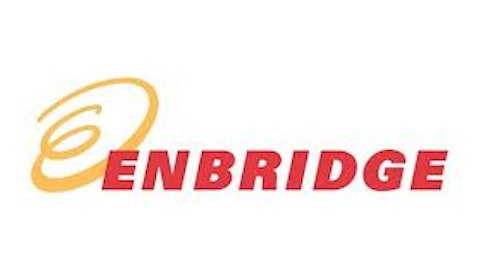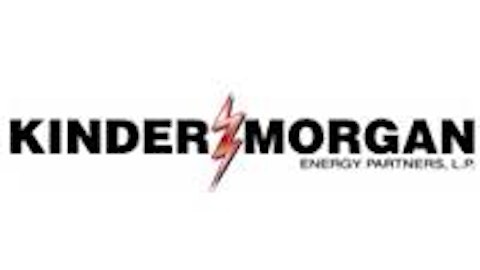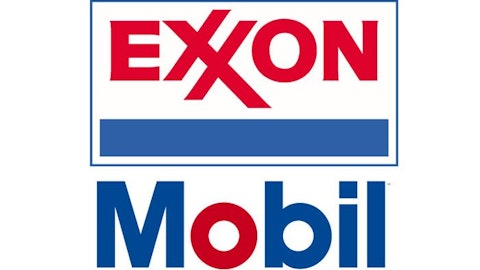Where will Canada’s crude go? Efforts to build new pipelines are being blocked to the south and the west, so now TransCanada Corporation (USA) (NYSE:TRP) is looking east.
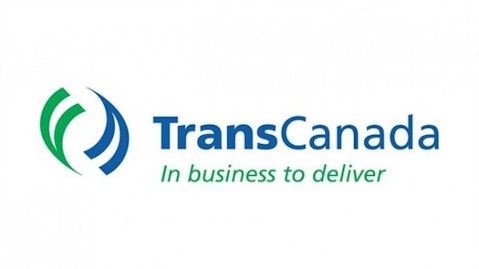
The Energy East Pipeline
TransCanada has submitted a proposal to convert an existing 1,900 mile natural gas pipeline to carry heavy crude oil from Hardisty, Alberta to Quebec City, Quebec. The submission also includes the possibility of a 870 mile extension to Saint John, New Brunswick.
If constructed, the pipeline would ship 850,000 b/d. Currently, TransCanada Corporation (USA) (NYSE:TRP) is surveying producers to ensure there’s sufficient interest in the project.
The project will also need government approval, and a decision is expected by the end of the year. If the project is given the green light, construction could be completed by late 2017.
Will it be approved?
The Energy East Pipeline is gaining traction in political circles. New Brunswick Premier David Alward is a vocal supporter of the project, citing 2,000 new jobs and reducing Eastern Canada’s reliance on foreign energy. The city of Saint John has traditionally been supportive to the interests of heavy industry, with Canada’s only liquefied natural gas terminal and the important Irving refinery.
The Quebec government, however, remains a wild card. Premier Pauline Marois promised to pursue the green initiatives in last year’s election. However, the province is also under pressure to protect its dwindling refining industry. TransCanada Corporation (USA) (NYSE:TRP) will also have to get approval from the provinces of Saskatchewan, Manitoba, and Ontario.
Environmental groups are preparing their case. Opponents are concerned that the old infrastructure is prone to spills. The project also presents risks to environmentally sensitive areas like the St. Lawrence river, the St. John river, and the Bay of Fundy.
Given how successful these groups have been in delaying other pipeline proposals, environmentalists are probably the largest threat to the project.
Why build it?
The need for new pipeline capacity is in response to rapidly rising Alberta oil sands production. According to a estimates provided by the Canadian Association of Petroleum Producers, oil sands production could exceed 5.2 million b/d by 2030 up from 1.0 million b/d today.
This rapid growth is already clogging current pipeline capacity. Producers need to access foreign markets to ensure the top price for their product. But so far efforts to export oil sands product has been challenged.
TransCanada Corporation (USA) (NYSE:TRP) original proposal was to ship crude south to the United States. If constructed, the company’s Keystone XL pipeline that would ship oil to Gulf coast refineries where finished product could be exported internationally.
However, the project has received severe push back from environmentalists who oppose oil sands development. While the project has received approval from Nebraska, final clearance is needed from the U.S. State Department.
Other pipeline companies have proposed shipping crude west to access Asian markets.
Last May, Kinder Morgan Inc (NYSE:KMI) filed an application to expand its Trans Mountain pipeline with the Canadian National Energy Board. The proposal includes a second 540,000 b/d pipeline from Alberta to the lower British Columbia mainland and would raise shipping capacity to 890,000 b/d from 300,000 b/d today.
Once again, a growing grass roots is pressuring to block the proposal. To make matters worse, a small oil spill on the same route last week has severely damaged Kinder Morgan’s credibly.
Enbridge Inc (USA) (NYSE:ENB) has also struggled to access the pacific coast.
In 2006, the company’s proposed its controversial Northern Gateway pipeline that would ship Alberta crude to the Kitimat, B.C. But this has faced heavy resistance as well. In May, the provincial B.C. government rejected the proposal over the risks of shipping crude thorough rugged remote wilderness. The fate of the Northern Gateway pipeline now rests in the hands of the Federal government.
In response to these challenges, Enbridge Inc (USA) (NYSE:ENB) is now looking east as well. To take advantage of cheaper Alberta crude oil prices, the company has proposed reversing the flow on its Line 9 pipeline so that oil would move from southern Ontario to Montreal. Enbridge also wants to increase the pipeline’s capacity from 240,000 b/d to 300,000 b/d.
Of all the options available, the Energy East Pipeline is the most expensive and a last resort.
Foolish bottom line
TransCanada Corporation (USA) (NYSE:TRP) investors worried about the fate of the Keystone XL project fear not–the company has a Plan B. If approved, the Energy East Project would represent a major hidden catalyst for TransCanada’s earnings, dividends, and share price.
But the project has relevance for upstream oil companies as well. The east coast may be the last possible destination for oil sands product. If this option is rejected, Canadian crude could become permanently landlocked.
Robert Baillieul has no position in any stocks mentioned. The Motley Fool recommends Kinder Morgan Inc (NYSE:KMI). The Motley Fool owns shares of Kinder Morgan. Robert is a member of The Motley Fool Blog Network — entries represent the personal opinion of the blogger and are not formally edited.
The article TransCanada Looks East originally appeared on Fool.com and is written by Robert Baillieul.
Copyright © 1995 – 2013 The Motley Fool, LLC. All rights reserved. The Motley Fool has a disclosure policy.

